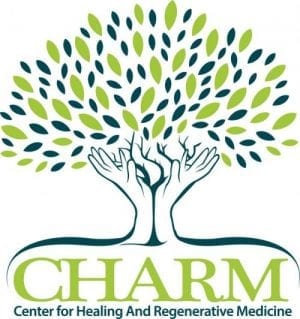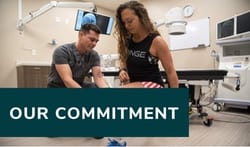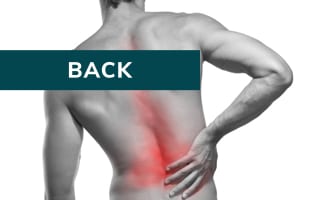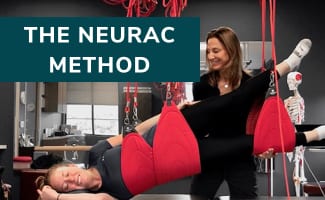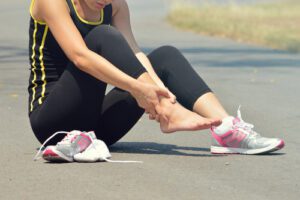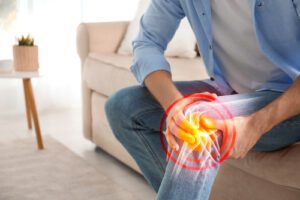Diagnostic & Therapeutic Injections
Targeting The Source of Your Pain
How It Works?
Trigger Point Injections are precisely targeted injections tha can be the key to solving your persistent musculoskeletal pain.
Diagnostic Injections
Therapeutic Injections
Therapeutic Treatment Options
- Hyaluronic Acid Gel Injections – Improves joint cushion and lubrication in the knee.
- Hydro-dissection Injections – Reduces nerve compression within the carpal tunnel.
- Trigger Point Injections – Treatment for myofascial pain.
- Brisement Injections – Treatment for adhesive capsulitis or “frozen shoulder"
- Alpha-2 Macroglobulin Injections – Reduces pain associated with joint arthritis
- Steroid Injections – Reduces inflammation in joints, tendons, and ligaments.
- Clinical Botulinum Toxin (Botox) Injections – READ MORE
FAQ'S
Tender points and trigger points are similar and may not be easy to separate. Careful examination of the patient will find points of tenderness which correlate with the source of pain. Sometimes the points will twitch when pressure is applied, and this is often referred to as a trigger point. If the movement is large, this has been called a “jump sign”.
Some of these are at the connection points where ligaments and tendons connect to the bone, which are called “entheses”. An injured or degenerative enthesis is called “enthesopathy”, and this is a common target for injections including trigger point injection and Regenerative Injections using BMAC, PRP and Dextrose Prolotherapy. This will treat the large tears, the micro tears and the frayed connective tissue at these sites.
Other tender points may be found within the muscle tissue, where “taut bands” and “nodules” may be found. These targets may respond well to localized injections, “spray and stretch”, and myofascial massage, following the model of Travell and Simons (see the FAQ on pioneers of myofascial pain).
Referred pain travels some distance away from the actual source of the pain. This is often misdiagnosed as a nerve injury, and sometimes that line of thinking can lead to chronic untreated pain and unnecessary procedures, and sometimes even unnecessary surgery. These different sources need to be differentiated by careful examination and confirmed with appropiate diagnostic testing, including Electrodiagnostic testing.
One of the best ways to determine if the pain is coming from a myofascial structure is to inject the point with local anesthetic to see if the pain fades away. If it does, and assuming no nearby major nerve was blocked, that is a strong indication that the pain is from the myofascial structure. These structures will often resolve with Prolotherapy techniques, using Dextrose, PRP, BMAC, or other solutions.
Many tissues can produce referred pain, including ligaments, tendons, joints, and fascial connective tissue. This is not a rare problem; most musculoskeletal pain is generated from these types of tissues, and referred pain is very common.
